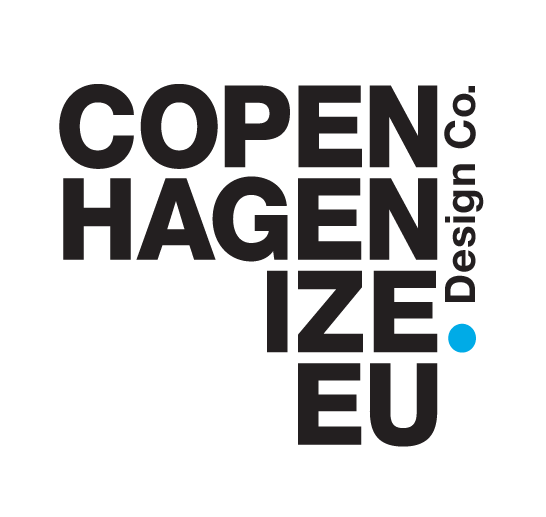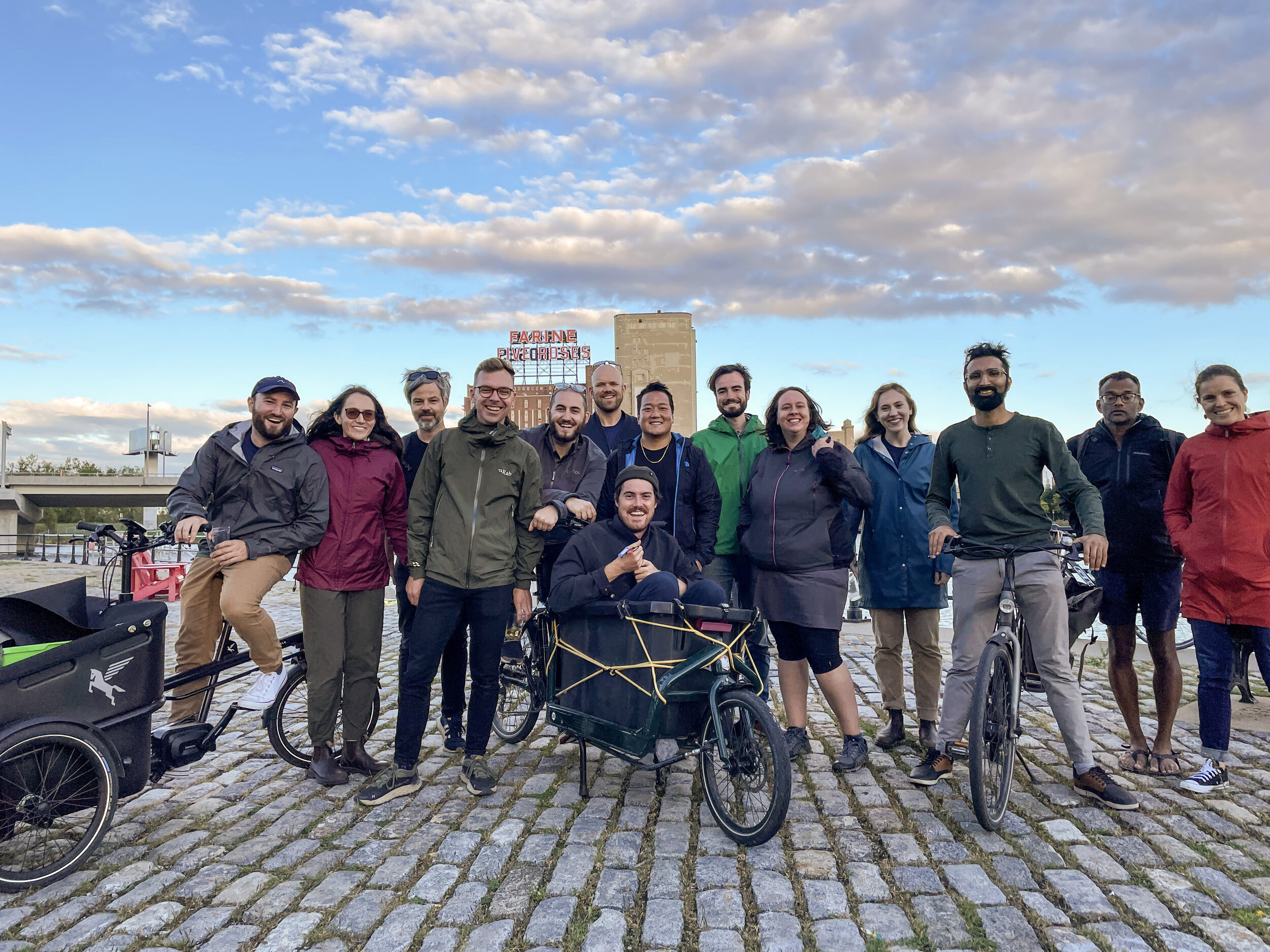The Two Sides to Montréal’s Cycling Infrastructure
Written by Ava Klein, Planning Assistant
The Copenhagenize Montréal office recently hosted our first ever North American Master Class from September 22nd to 24th. For three days, twelve participants from across Canada and the United States, and from a diverse range of professional backgrounds, had the opportunity to engage in an intensive curriculum focused on cycling infrastructure, communications, and culture with the Copenhagenize team. Each day was complemented by an extensive bike tour around Montréal as well as workshops that gave the participants hands-on experience about bicycle planning.
The Master Class showed a unique example of a city undergoing change and evolving into a cycling city. Montréal has been investing in bike infrastructure since the 1980s and is continuing to implement progressive bicycle infrastructure that is fundamentally reshaping how we get around – as demonstrated by guest speakers such as Montréal City Councillor Marianne Giguère who has been integral in the implementation of the express bicycle network – the REV. However, there are still many challenges to the cycling infrastructure, from poorly maintained pavement, to difficult bicycle-metro connectivity, to some dangerous and outdated bicycle intersection designs. During the course of our Montréal Master Class, we used this contrast to highlight, critique, and reimagine the city’s bicycle planning and urban design practices.
Some highlights from our Master Class included our daily bike tours, where our participants rode around the city on bicycles provided by Allo Vélo, a Griffintown-based bicycle shop specializing in European brands and cargo bikes. We could feel the difference in the level of safety between unprotected, pot-hole laden roads that were not built for bicycles and the well-maintained and newly implemented bike paths, such as the REV, with one participant noting that his favourite experience was:
“... riding alongside many other cyclists on the protected paths – I never thought this existed in North America!”
In addition, our workshops pushed our participants to think about urban cycling beyond merely implementing status-quo bike lanes, asking questions like “who are using these bike lanes?”, “why are some using cycling infrastructure and others not?” and “how can we market cycling to get the widest range of people to feel safe and comfortable riding in their city?”. Presentations by Pierre-Luc Marier of BIXI, and Lina Lopez, the co-founder of EnCicla, a bicycle renting service in Medellín Colombia, are just a couple of people who showcased to our group innovative and new ways urban cycling can be implemented.
But the most interesting aspect of our Master Class has to be the engagement from our excited and dynamic group of participants who were eager to provide a unique and diverse range of perspectives about how and why we should build cycling infrastructure. From discussions about weather conditions in their cities, to accessible street design, to the difference between rural and urban cycling implementation, our participants were able to learn from each other as well, swapping ideas and enthusiasm about urban mobility.
Over these three days we were able to appreciate the significance that good cycling infrastructure makes in people’s lives and how good design leads to safe cycling for all ages and abilities. Montréal is not a perfect place for urban cycling but is making huge improvements that can hopefully inspire other cities to follow the same path.



